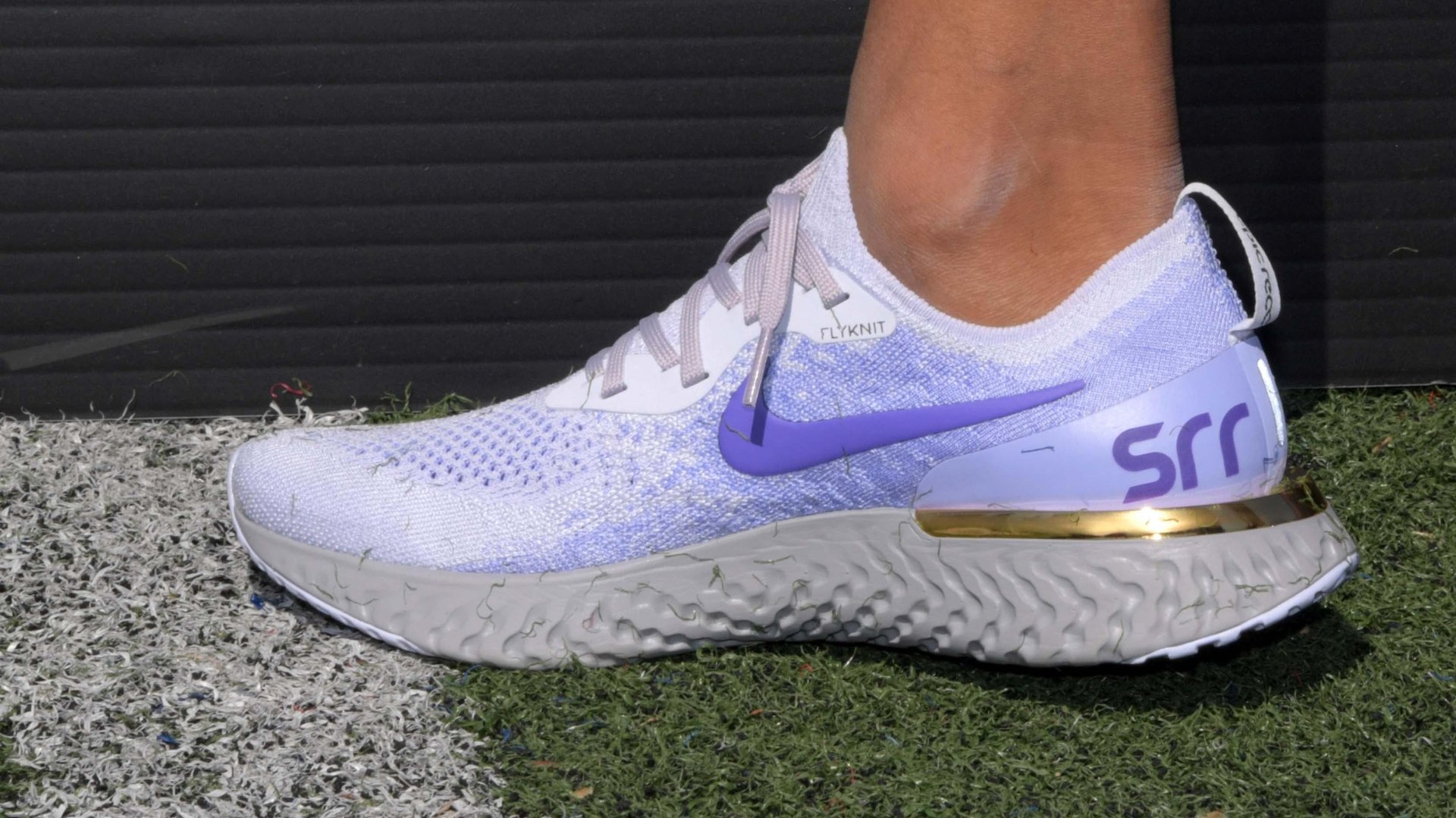Nike has now sued five footwear companies for stealing a sneaker technology
New Balance and Skechers face Flyknit patent infringement allegations after Adidas, Puma, and Lululemon were accused of the same

Footwear giant Nike filed federal lawsuits on Monday (Nov. 6 ) against rivals New Balance and Skechers, accusing them of infringing on patents for the “Flyknit” technology used in Nike’s running, football, and basketball shoes.
Suggested Reading
The Swoosh’s complaint against New Balance, filed in Massachusetts federal court, said shoes from New Balance’s Fresh Foam, FuelCell, and other lines violate Nike’s patent rights for the tech that “uses high-strength fibers to create lightweight uppers with targeted areas of support, stretch, and breathability,” as described on its website.
Related Content
The lawsuit against Skechers, filed in Los Angeles, claims Skechers’ Ultra Flex, Glide Step, and other brands infringed on Nike’s patents. Skechers, which has a reputation for making knockoffs—not just of Nike designs, but also Adidas and Cole Haan—has been sued by Nike over imitative design elements multiple times, dating as far back as 2016.
In both cases, Nike is seeking undisclosed monetary damages and also a court order barring New Balance and Skechers from further alleged infringements permanently.
The news of the two latest lawsuits, first reported by Reuters, adds to Nike’s growing attempts at vigilance in protecting its innovative knitting technology for shoe uppers made of recycled material, which was first introduced in 2012. Nike previously sued Adidas, Puma, and Lululemon for infringing on its Flyknit patents. Two of them have settled, but the fight with one—Lululemon—is still on.
A brief timeline of Nike suing over Flyknit patent violations
January 2016: Nike ignites a legal battle with Skechers, alleging the California brand copied Nike Free and Flyknit designs. It’ll file three more lawsuits in the next five years, focussing not just on design but also utility patents like for its cushioned soles.
May 2018: Nike takes Puma to court for “foregoing independent innovation,” accusing Puma of stealing its technologies like the Flyknit material and Air soles.
November 2021: Nike settled several suits it had with Skechers. The settlement came after Skechers had claimed the “Just Do It” giant was being overly litigious and bullying it.
December 2021: Nike files a lawsuit against Adidas over infringement on the Flyknit patent, seeking to ban imports of shoes, including Adidas by Stella McCartney Ultraboost, Pharrell Williams Superstar Primeknit Shoes, and Terrex Free Hiker hiking shoes. Meanwhile, the Three Stripes brand, which debuted similar Primeknit sneakers six months after Nike’s Flyknit was unveiled, continues proposing in court that Nike shouldn’t be the only company with the rights to use the technology because it’s not unique.
August 2022: Adidas and Puma settle their Nike Flyknit lawsuits.
January 2023: Nike sues Lululemon, claiming that the Canadian company’s use of knitwear in the Chargefeel, Strongfeel, and Blissfeel footwear lines infringe on three Flyknit patents.
November 2023: Nike files lawsuits against New Balance and Skechers for allegedly infringing on Flyknit copyrights.
Quotable: New Balance will defend itself
“New Balance fully respects competitors’ intellectual property rights, but Nike does not own the exclusive right to design and produce footwear by traditional manufacturing methods that have been used in the industry for decades. We will vigorously defend ourselves against Nike’s attempts to enforce its patents beyond their lawful scope.”
—Boston-based New Balance’s statement in response to Nike’s legal action. Skechers hasn’t issued one publicly yet.
One big number: Nike protecting its footwear tech
300: Patents covering Nike’s Flyknit technology, which it has spent upwards of $100 million researching and developing